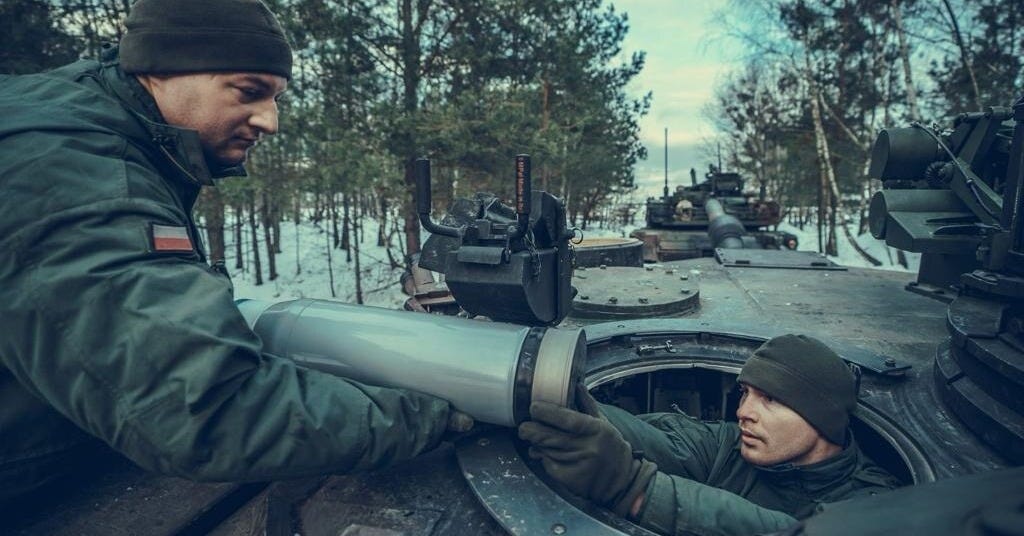NATO’s Eastern Sentry: Fortifying the Baltic Frontier
Alliance deployments underscore deterrence, but risk escalation with Moscow.
NATO has moved decisively to reinforce its eastern flank. Following Russian drone incursions into Polish and Baltic airspace, the alliance deployed additional battlegroups and air-defense systems. The moves underscore NATO’s determination to make its Article 5 commitments unmistakably clear: the Baltic frontier is not negotiable.
Image: A Polish tank crew in an M1A2 Abrams tank.
These deployments are part deterrent, part reassurance. For frontline states like Lithuania and Estonia, they are existential guarantees. For Moscow, however, they are a provocation. Russian officials denounce them as “encirclement,” while military analysts warn of an escalating cycle of deployments and counter-deployments. The geography compounds the risk: the Baltic states are NATO’s most vulnerable territory, with the narrow Suwałki Gap linking them to the rest of the alliance.
The West’s show of force recalls earlier moments when hard geography met high tension. Just as Cold War planners obsessed over the Fulda Gap in Germany, today’s NATO strategists must contend with the Baltic corridor. Technology may have changed, but geography has not.
Our Take: NATO’s deterrence posture is necessary, but it sharpens the risk of miscalculation. The thin red line here is whether deterrence strengthens stability—or hardens Moscow’s resolve to test the frontier again.

